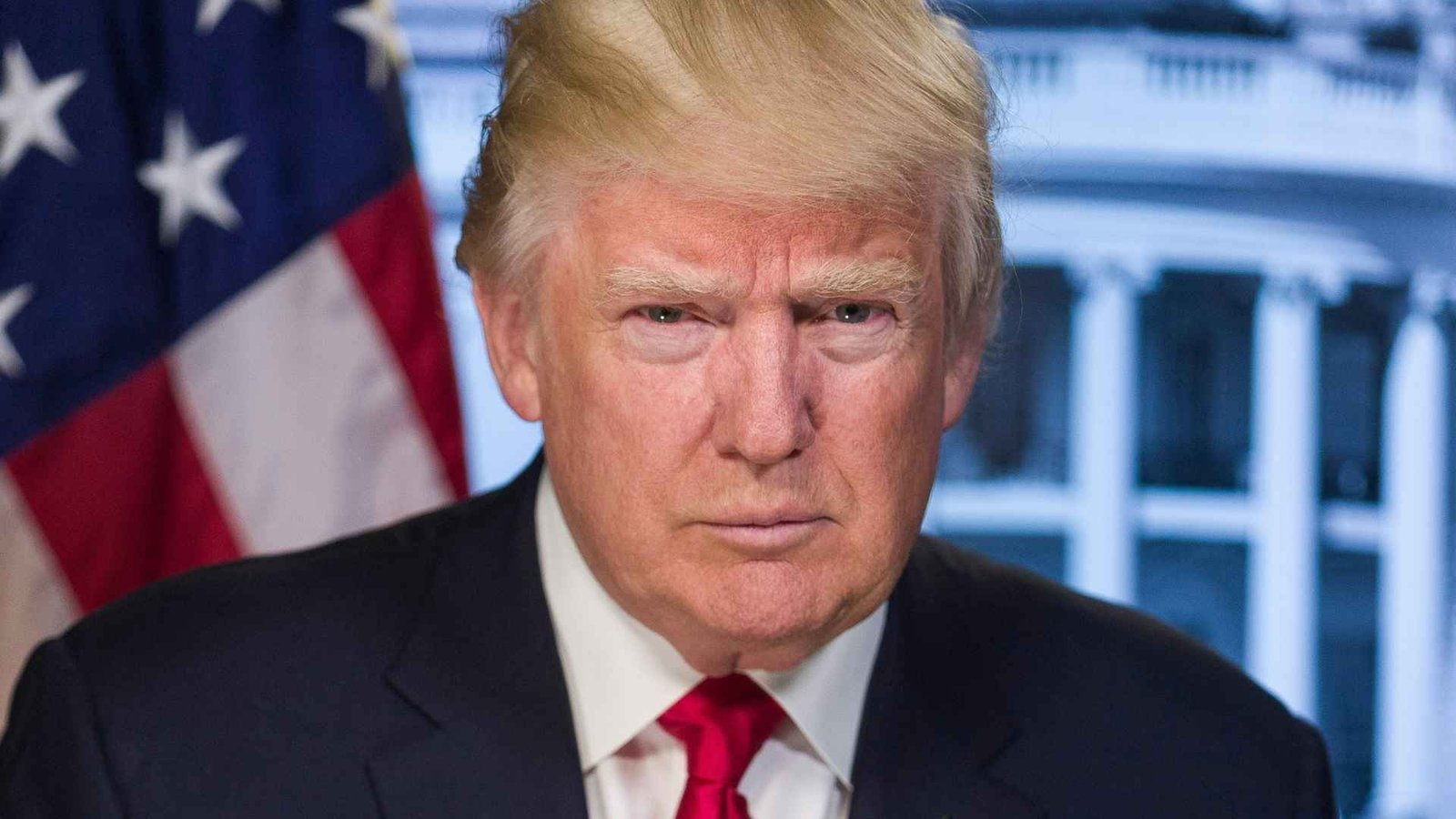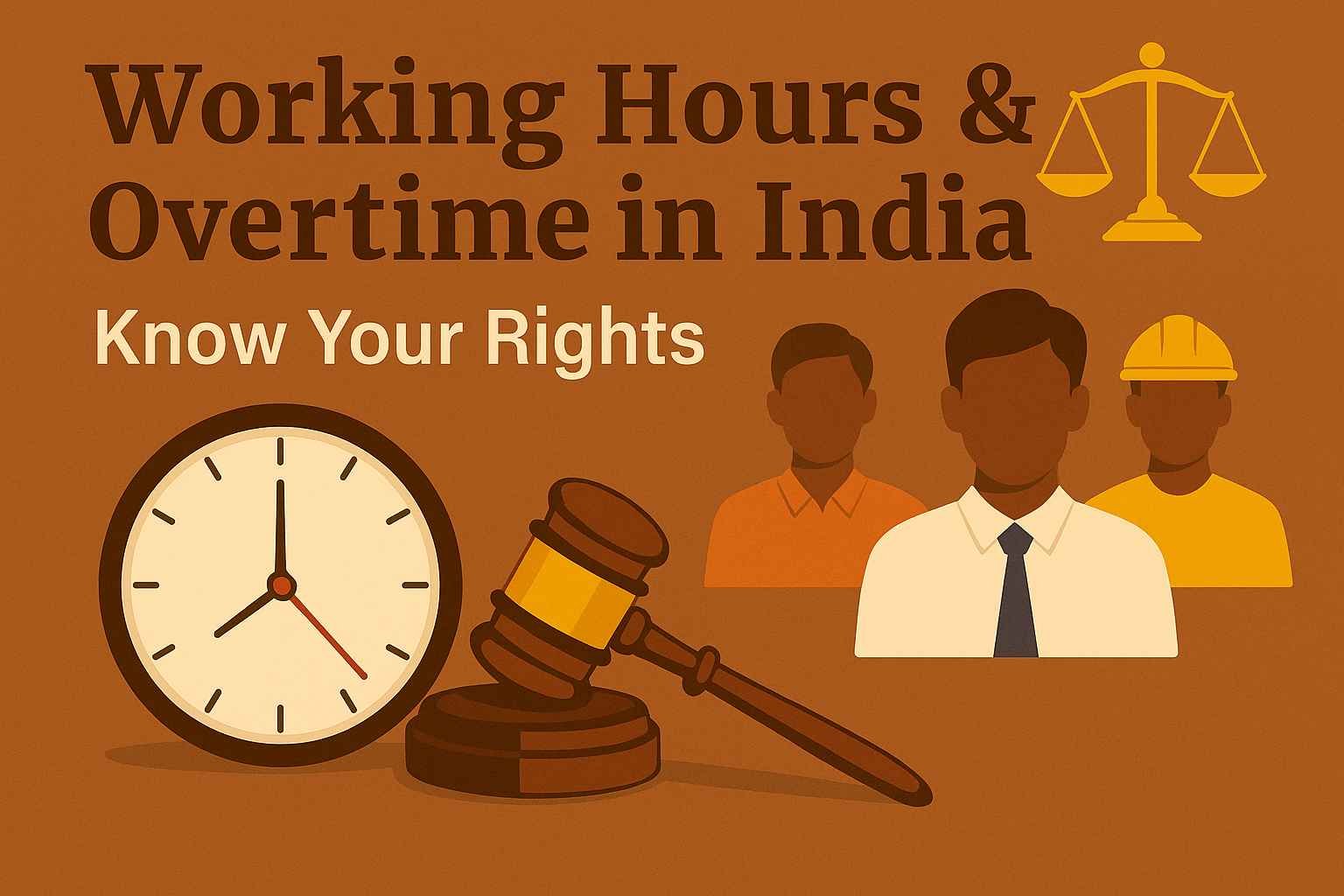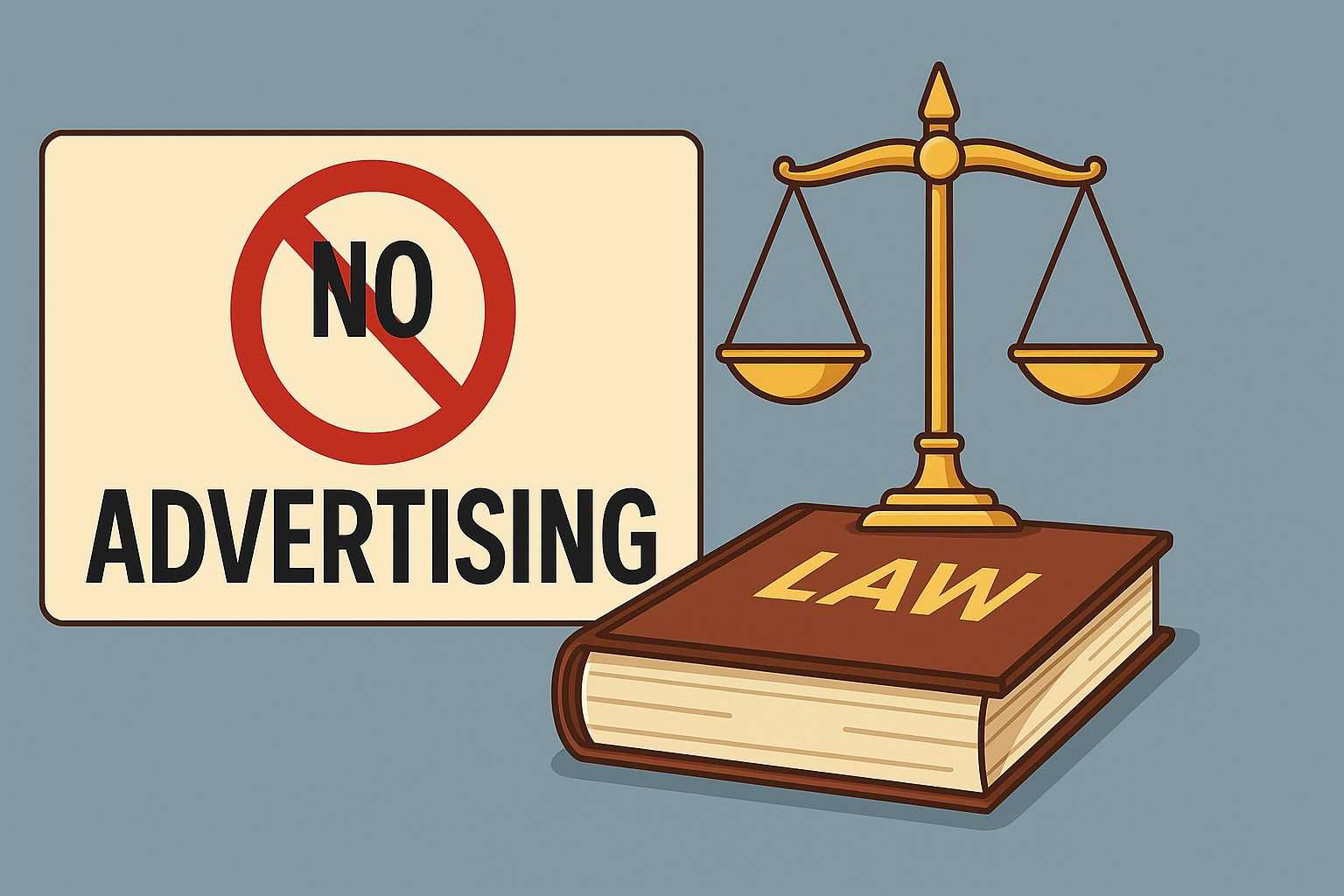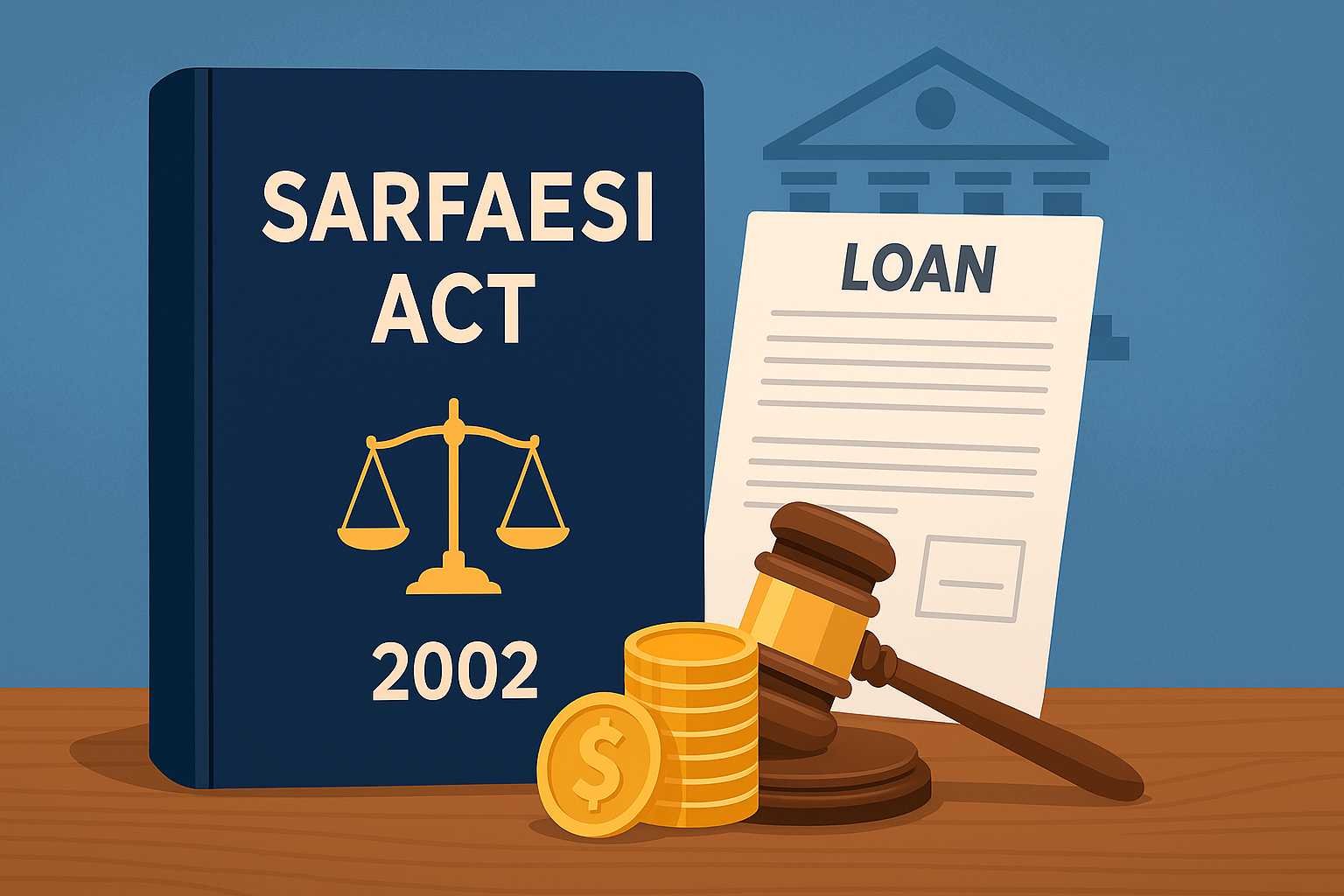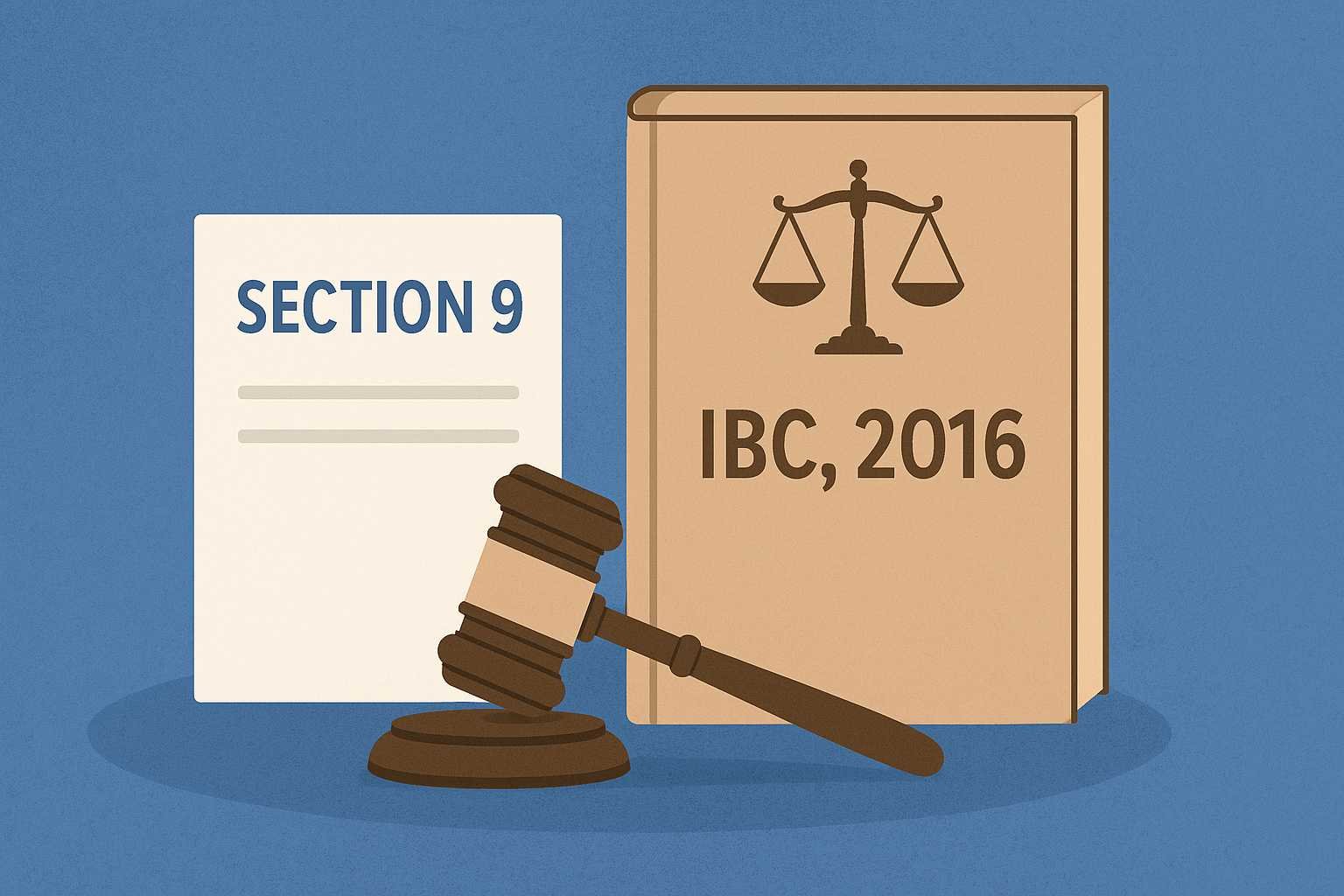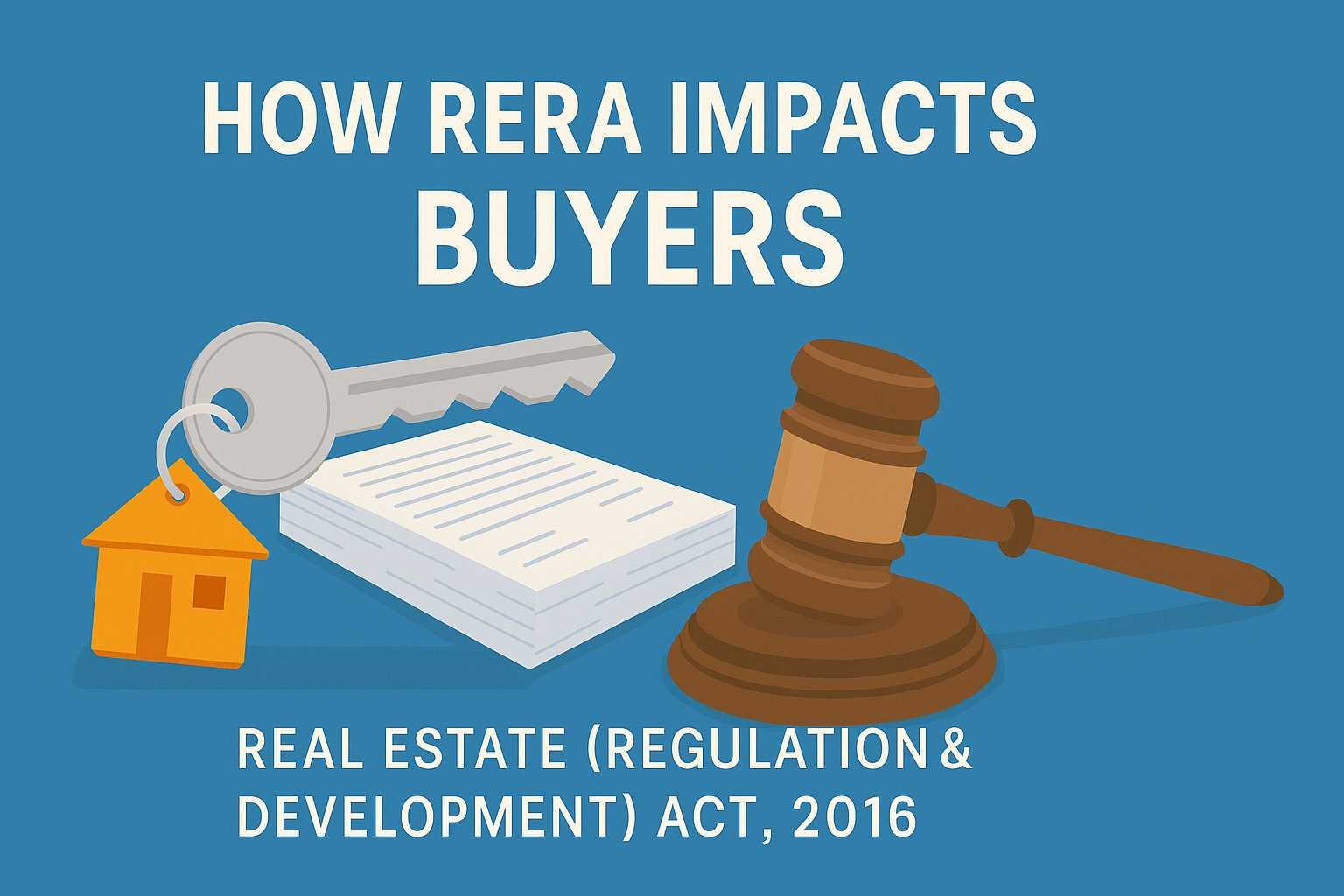On this page you will read detailed information about H-1B Visa
The H-1B visa has long been a gateway for skilled foreign professionals to work in the U.S., especially in tech, engineering, research, and similar fields. But as of September 2025, there are major changes employers, applicants, and dependent family members need to understand. If you’re planning to apply, renew, or travel, this guide is for you.
1) What Is the H-1B Visa (as of Now)
In simplest terms:
- The H-1B visa is a non-immigrant work visa that lets U.S. employers hire foreign nationals in “specialty occupations.” Usually, that means roles that require at least a bachelor’s degree, or equivalent (e.g., software engineering, data science, medicine, etc.).
- It’s temporary: often valid for three years initially, extendable up to six years (sometimes more under certain conditions).
- Employers must file a petition (Form I-129), attested Labor Condition Application (LCA), etc.
So far, so standard. But what’s changing now is the cost, entry rules, and whether renewals / existing holders are affected.
2) Recent Major Changes (Sep 2025) That Everyone Is Talking About
A) New $100,000 Fee for New H-1B Petitions
- Announced via a presidential proclamation on September 19, 2025, this rule requires employers to pay a $100,000 fee when filing a new H-1B visa petition for a worker who is currently outside the U.S.
- This is in addition to the existing fees for petitions, visa stamping, etc.
B) Who Is Exempt / Not Impacted
- Existing H-1B visa holders (including those renewing) are not required to pay the $100,000 fee.
- Petitions submitted before 12:01 a.m. Eastern Time on September 21, 2025 are also exempt.
- The fee applies only to new petitions where the beneficiary is outside the U.S. i.e. for bringing someone in. It does not affect current holders or those applying while already in the U.S. under H-1B.
C) Implementation Period
- Effective September 21, 2025 at 12:01 a.m. ET. Any new petition filed after that point with those criteria (outside U.S., new) will need to include the fee.
3) Why These Changes Matter
These new rules shift several pieces of the H-1B landscape. Here are the implications:
- Cost becomes a major factor: $100,000 is steep. For small or mid-size companies, especially startups, this may make hiring foreign workers too expensive.
- Strategic timing: If you’re outside the U.S. and your employer plans to petition, you might need to plan before the rule kicks in, or else face the new fee.
- No impact for many current visa holders: Those already in the U.S., renewing, or whose petitions were filed earlier are spared this cost. This gives some breathing room.
- Possible ripple effects: Indian IT firms (which have historically relied heavily on H-1B petitions) see this as a major shift. Organizations like Nasscom are studying the long-term effect.
4) What Remains the Same
While fees and rules about entry are changing for new petitions, the core of H-1B still works similarly:
- Specialty occupation requirement, degree/credentials needed.
- Lottery system (for cap-subject H-1Bs) for those applying under the annual cap.
- Labor Condition Application requirement (wages, working conditions) to protect U.S. workers.
- Duration and renewals still valid, subject to previous rules and eligibility.
5) Who Should Be Especially Alert & How to Respond
If you fall into one (or more) of the following, you should plan carefully:
- Future Applicants Outside the U.S.
- If you are still abroad and planning an employer petition, check if it will be filed after Sept 21, 2025. If yes, expect the $100,000 fee.
- If possible, move up your petition timeline to beat the change.
- Employers with Global Hiring Strategy
- For companies hiring globally, budget for this fee if bringing in new people.
- Reconsider whether to sponsor H-1B for those outside vs. those switching status inside the U.S.
- Visa Consultants / Immigration Attorneys
- Need to stay updated, advise clients about this fee, help them evaluate cost vs benefit.
- Watch legal challenges—some may argue constitutional or statutory problems in such high fees.
- People Moving / Returning from Travel
- If H-1B holders outside U.S., ensure re-entry status remains valid and avoid misunderstandings about fee applicability.
6) What You Should Know Before Applying in This New Scenario
Here are tips that can help new applicants or employers adapt:
- Check petition date carefully: If your petition is filed before the deadline (or the effective date), you might avoid the new fee.
- Understand exemption paths: Some filings may be exempt (based on national interest, etc.). Keep that in mind.
- Budget early: Factor in the fee and processing costs.
- Lock in current status: If you are eligible to file or travel before Sept 21, moving earlier may help.
- Stay connected to official sources: USCIS FAQs, White House memos, etc., because clarifications are coming in (some happened already).
7) Criticism & Concerns
As with many big changes, there’s pushback:
- Affordability & fairness: $100,000 is huge—some argue it’s unfair to workers who don’t make that kind of salary, or for employers hiring early-career talent.
- Impact on families: Dependents may suffer if international relocation becomes financially unviable.
- Innovation & competitiveness: Tech companies argue this may reduce competitiveness, slow down new ideas or projects, particularly startups that rely on global hiring.
- Decision clarity: Early confusion over whether this fee applied to renewals or existing holders caused panic; clarifications helped, but legal uncertainty remains.
8) Possible Legal & Practical Challenges
It’s likely that this new fee / restriction will be challenged in courts. Some grounds people speculate:
- Statutory authority: Does the president’s proclamation properly align with existing U.S. law (Immigration & Nationality Act, etc.)?
- Constitutional issues: Equal protection, due process, possibly challenges from industry.
- Implementation clarity: Because of past mixed communications, how the fee is applied in practice (temp workers, dependencies, re-entry) matters.
Practically, lawyers and companies will negotiate new contracts, internal compliance, and relocation policies.
In the previous post, we had shared information about Understanding Wrongful Termination: Know Your Legal Rights, so read that post also.
9) What This Means in the Larger Picture
- Shift in U.S. Immigration Policy: This is part of a broader trend of tightening on work visas, more fees, more “domestic worker protections,” etc.
- Change in how global talent gets hired: Companies may increasingly prefer hiring people already inside the U.S., remote work, or opening local centers rather than bringing talent over.
- International ripple: Countries like India will watch closely, because many H-1B issuances go to Indian nationals. Industry groups are already raising concerns.
10) Summary & What to Watch
To sum up:
| Key Aspect | Before Sept 2025 | After New Rule |
|---|---|---|
| Fee for new petitions from abroad | Previous standard USCIS + petition/visa fees | + $100,000 one-time fee as of Sept 21, 2025, for new petitions from outside the U.S. |
| Impact on existing visa holders / renewals | Normal fees, procedures | Exempt from the new fee; renewals not affected |
| Effective date | Existing rules until that date | September 21, 2025 at 12:01 a.m. ET onward for new petitions from abroad |
What to watch next:
- Court rulings that challenge or clarify the new fee.
- How Indian and other foreign tech-hiring companies adjust.
- USCIS or White House issuing more clarifications about special categories (industry, national interest, etc.).
- Whether there are safe-harbors or waivers for small employers or research institutions.
Final Thoughts
The H-1B visa remains one of the most important legal paths for skilled international professionals to work in the U.S. The core goals—specialty occupation, employer sponsorship, temporary work status—haven’t changed. But the new $100,000 petition fee (for new workers outside the U.S.) is a big shift. It will likely reshape who applies, how companies hire, and how global talent moves.
If you’re planning your career or running a hiring strategy that uses H-1B, now is the time to re-evaluate. Talk to legal experts, budget carefully, and move decisions forward sooner rather than later. The rules are clear: after September 21, 2025, new H-1B petitions from outside the U.S. will come with heavy cost—but knowing the details gives you power to adapt.
Disclaimer
The information and services on this website are not intended to and shall not be used as legal advice. You should consult a Legal Professional for any legal or solicited advice. While we have good faith and our own independent research to every information listed on the website and do our best to ensure that the data provided is accurate. However, we do not guarantee the information provided is accurate and make no representation or warranty of any kind, express or implied, regarding the accuracy, adequacy, validity, reliability, availability, or completeness of any information on the Site. UNDER NO CIRCUMSTANCES SHALL WE HAVE ANY LIABILITY TO YOU FOR ANY LOSS OR DAMAGE OF ANY KIND INCURRED AS A RESULT OR RELIANCE ON ANY INFORMATION PROVIDED ON THE SITE. YOUR USE OF THE SITE AND YOUR RELIANCE ON ANY INFORMATION ON THE SITE IS SOLELY AT YOUR OWN RISK. Comments on this website are the sole responsibility of their writers so the accuracy, completeness, veracity, honesty, factuality and politeness of comments are not guaranteed.
So friends, today we talked about H-1B Visa, hope you liked our post.
If you liked the information about H-1B Visa, then definitely share this article with your friends.




